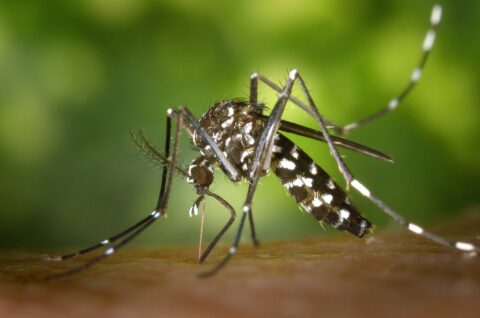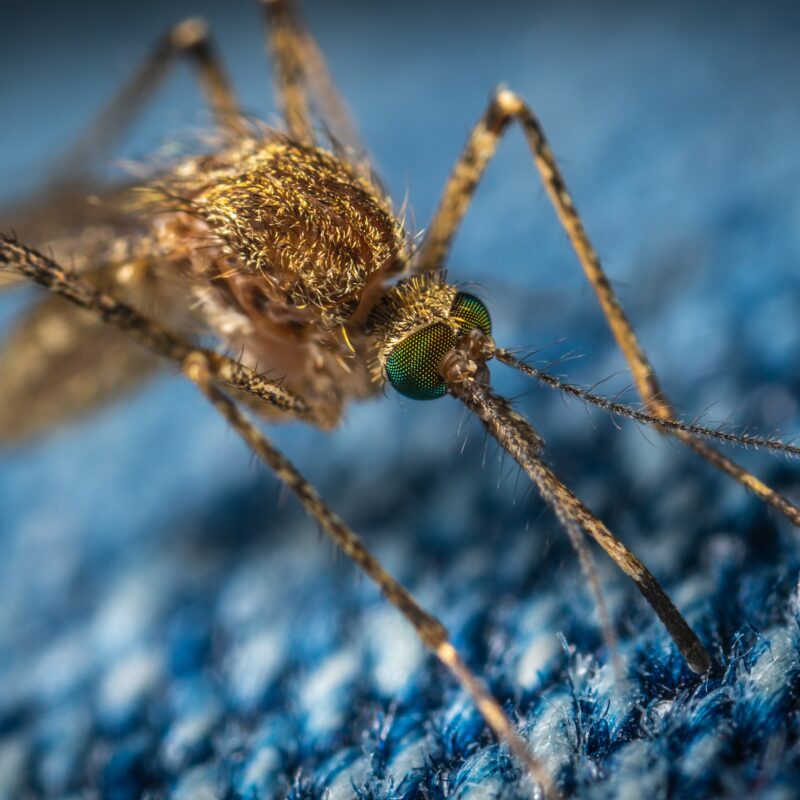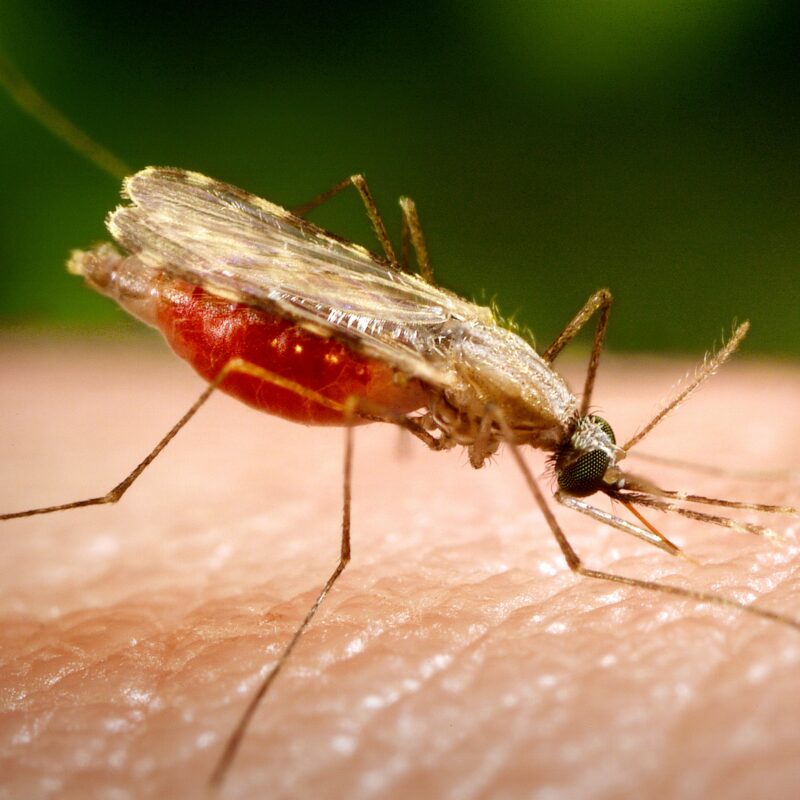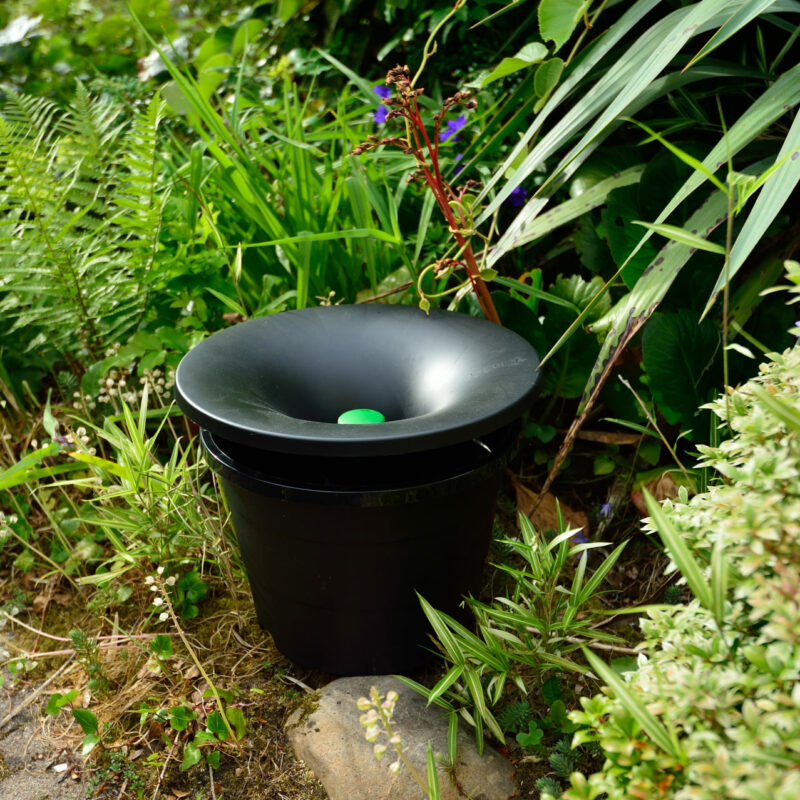Mosquito Control in Southern California
Southern California Mosquito Control
One of the main benefits of living in Southern California is our ability to enjoy the near year-round good weather that allows us to spend so many hours outdoors. Mosquitoes can quickly ruin our California-dreaming-lifestyle and even be dangerous with the diseases that they transmit. Zika, Yellow fever, Dengue & Chikungunya viruses can all be transmitted by the mosquitoes found in Southern California. Our local vector (an organism that does not cause disease itself but which spreads infection by conveying pathogens from one host to another) control districts do a great job to eliminate existing mosquito breeding sources in public areas such as ponds, drainage channels, etc. However, relatively new breeds of mosquitoes to Southern California are making the job of vector control nearly impossible. The reason their job is so difficult is these new mosquitoes breed in very small bodies of water (up to 2 gallons in size) that vector control cannot get to.






